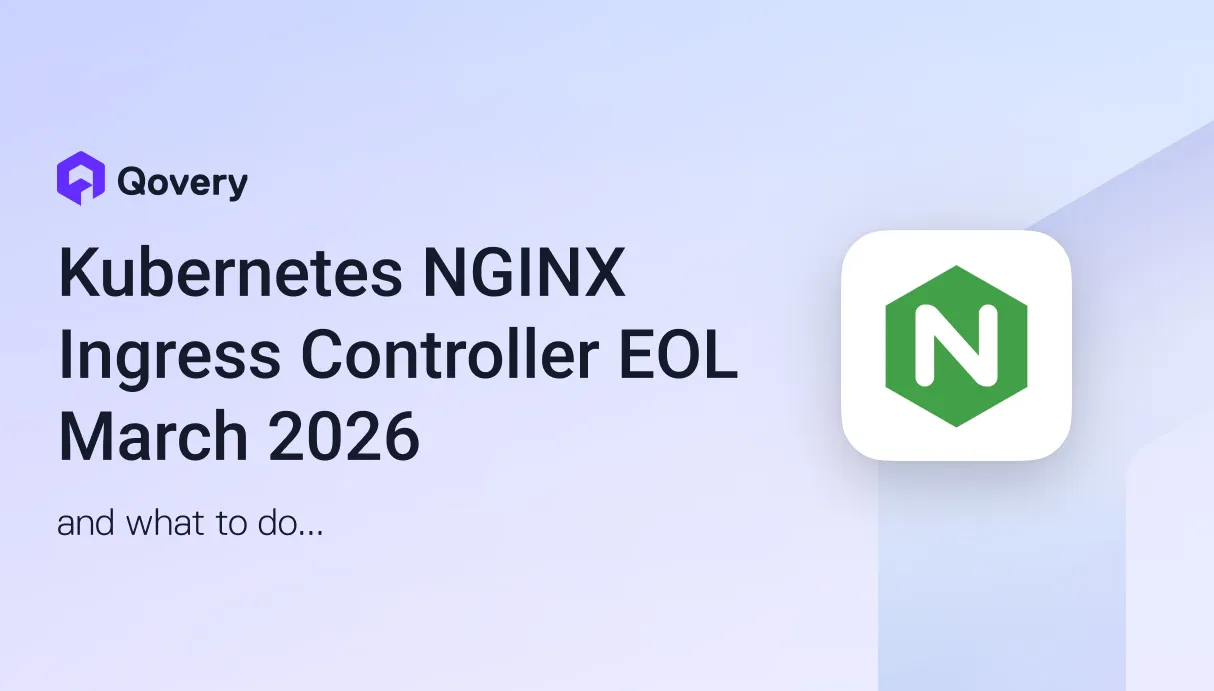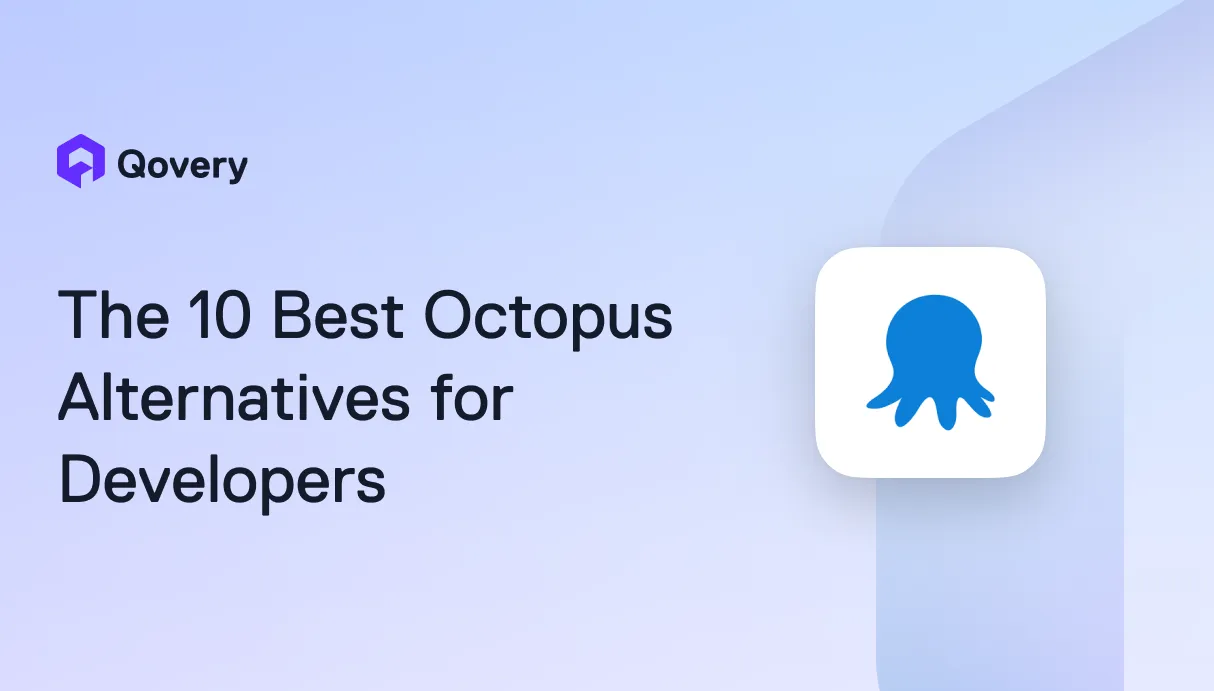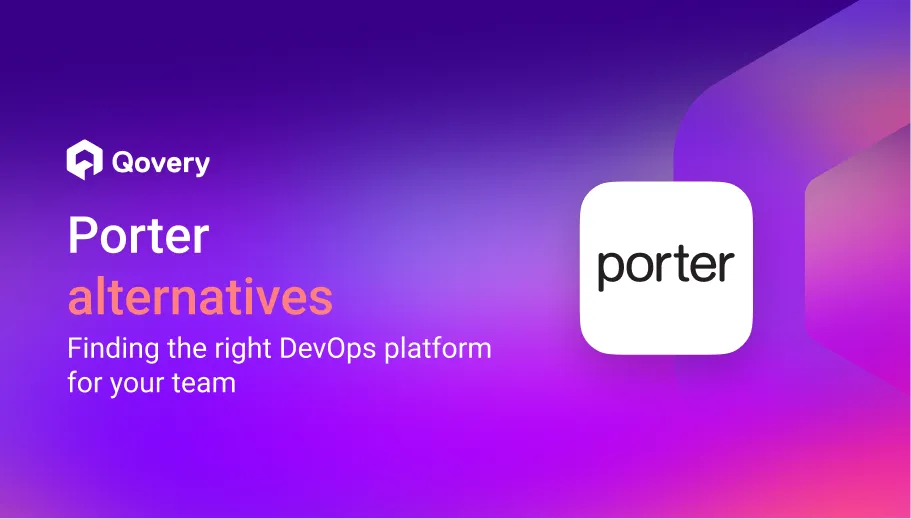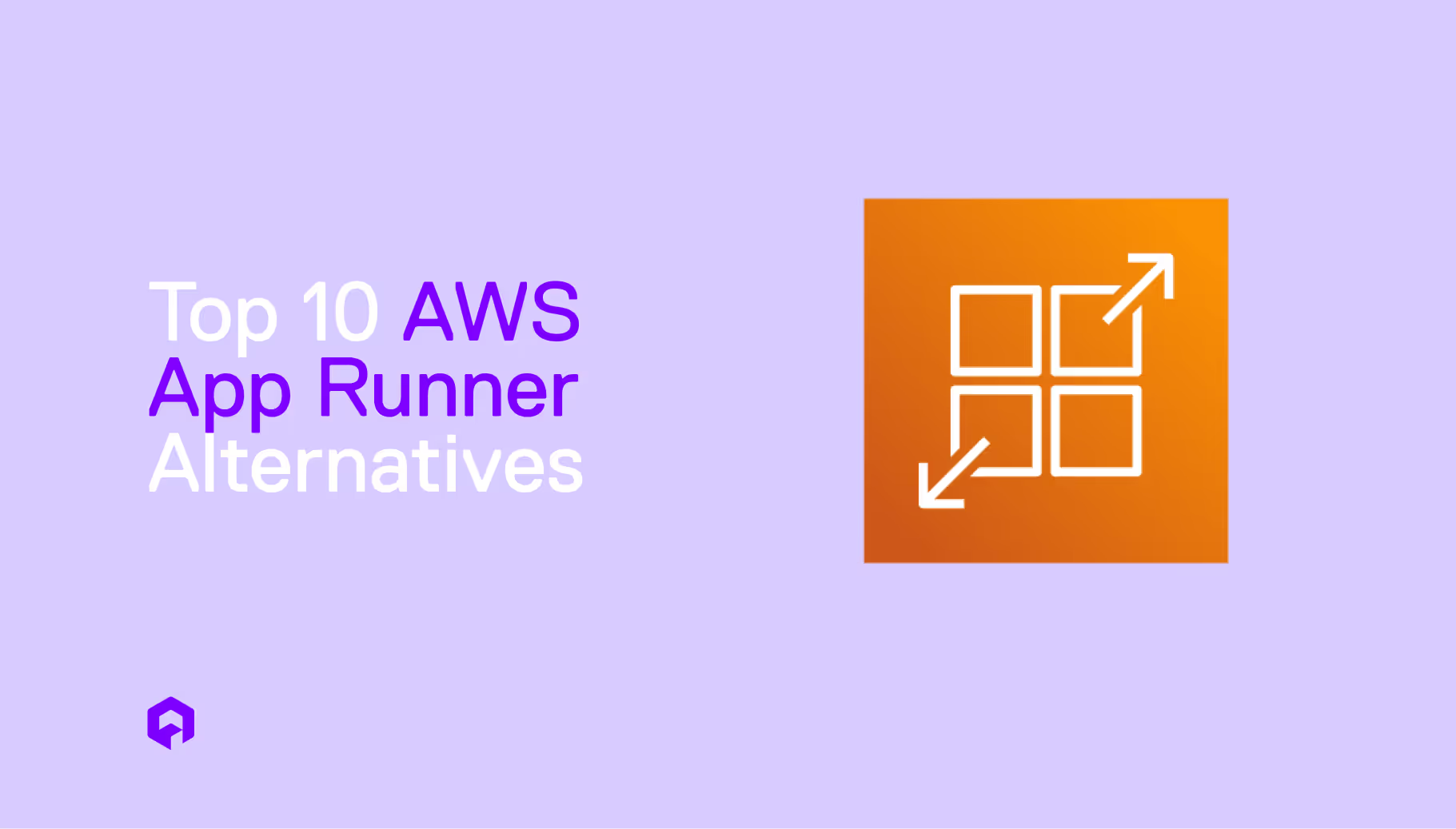

AWS ECS vs. EKS vs. Elastic Beanstalk: A Comprehensive Guide

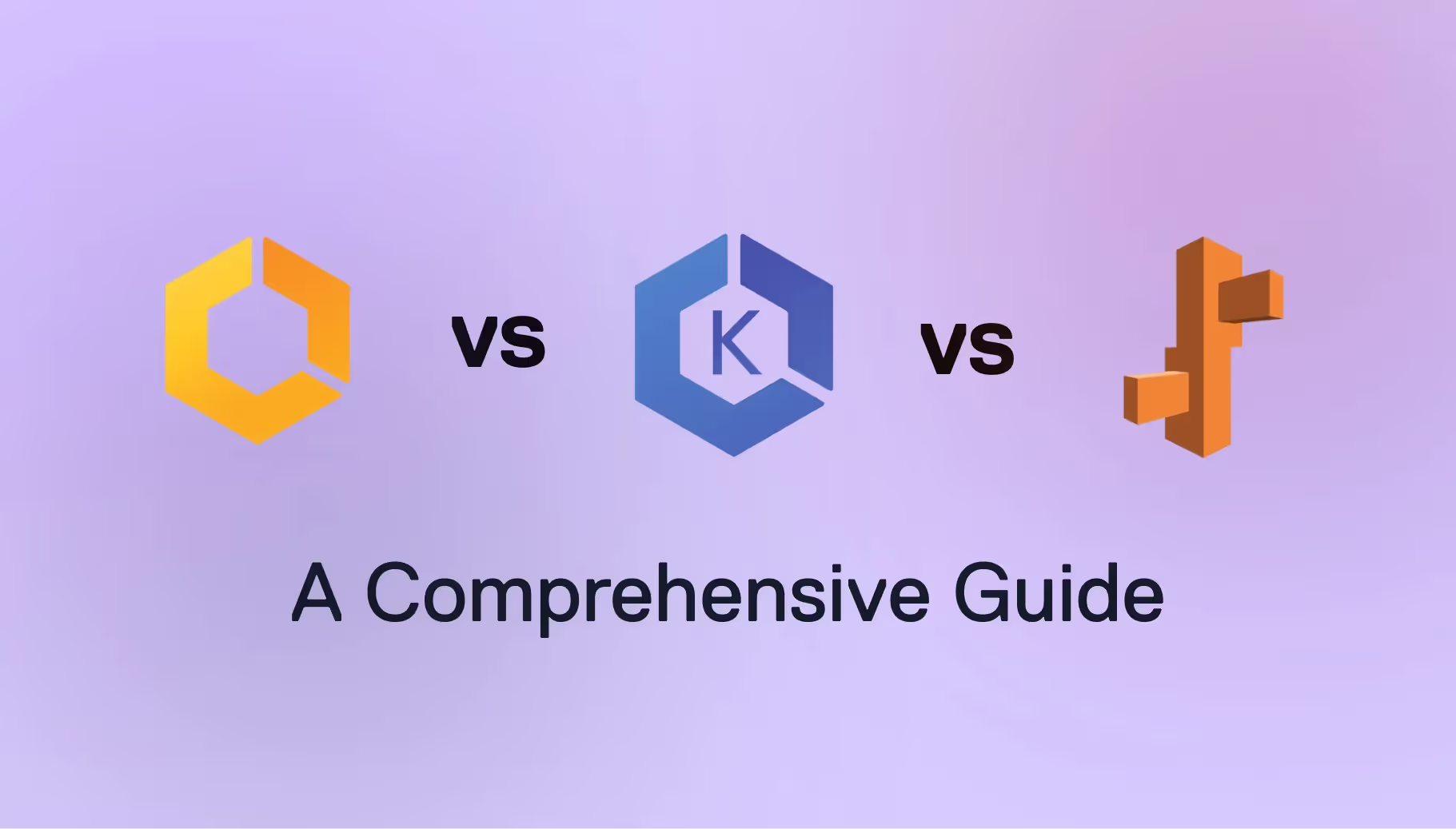

Key Points
- AWS offers a spectrum of container services: Elastic Beanstalk provides the highest simplicity (PaaS) with the least control, suitable for single applications; Amazon ECS offers a balance with managed container orchestration, ideal for microservices within the AWS ecosystem; and Amazon EKS provides maximum control and portability (managed Kubernetes), best for complex deployments but with the steepest learning curve.
- The complexity of these services translates directly into the operational workload. Beanstalk has the lowest operational overhead as it handles most infrastructure management; ECS requires a medium level of operational knowledge for cluster and task management; and EKS demands the highest operational expertise due to the complexities of managing a Kubernetes cluster.
- The decision hinges on your team's skillset and application requirements. Teams prioritizing speed and ease of use should choose Beanstalk; those comfortable with the AWS ecosystem and seeking managed orchestration should lean toward ECS; and organizations requiring maximum flexibility, portability, and access to the Kubernetes ecosystem must be prepared to invest in the expertise needed for EKS.
Choosing the right container deployment service on AWS can feel like navigating a maze.
AWS offers three major solutions—Elastic Beanstalk, Elastic Container Service (ECS), and Elastic Kubernetes Service (EKS)—each with overlapping features but vastly different trade-offs in complexity and control. Whether you need rapid deployment with minimal configuration or fine-grained orchestration, understanding these differences is crucial to avoiding costly mistakes.
This article breaks down the characteristics, advantages, and limitations of each to help your engineering organization make an informed decision for growth.
AWS Elastic Beanstalk: The Easy Button
Core Characteristics
- AWS Elastic Beanstalk functions as a high-level Platform-as-a-Service for rapid application deployment. The service handles infrastructure provisioning, load balancing, auto-scaling, and monitoring automatically. Developers upload code, and Beanstalk manages the underlying EC2 instances, security groups, and networking configuration.
- Beanstalk supports multiple programming languages including Java, .NET, PHP, Node.js, Python, Ruby, and Go. The platform can deploy both traditional applications and containerized workloads using Docker. Version management allows teams to deploy, rollback, and maintain multiple application versions simultaneously.
- The service provides configuration options through environment variables, configuration files, and the AWS console. While these options enable customization, they maintain the platform's focus on simplicity over granular control. Beanstalk environments can be configured for different tiers, from development to production, with appropriate resource allocation.
Advantages
- Beanstalk provides the lowest learning curve among AWS container services. Teams can deploy applications quickly without infrastructure knowledge. The service includes automated scaling based on metrics like CPU utilization or request count. Built-in monitoring through CloudWatch provides visibility into application performance.
- Cost structure is straightforward, as teams pay only for underlying AWS resources without additional service fees. Rolling deployments enable zero-downtime updates with automatic rollback capabilities.
- The platform integrates with other AWS services, including RDS for databases, ElastiCache for caching, and CloudFront for content delivery. This integration simplifies architecture while maintaining AWS ecosystem benefits.
Limitations
- Beanstalk offers limited control over underlying infrastructure compared to other services. The platform works best for single applications rather than complex architectures.
- Its automated decision-making may not align with specific performance or cost requirements. Teams requiring custom load balancer configurations, specific instance types, or detailed networking setups can find Beanstalk's abstraction limiting.
Amazon ECS: The Native Orchestrator
Core Characteristics
- Amazon ECS provides managed container orchestration tightly integrated with the AWS ecosystem. The service manages container placement, scaling, and service discovery while integrating with AWS networking, security, and monitoring services. ECS supports both EC2 and Fargate launch types for different operational models.
- ECS uses task definitions to specify container configurations, including CPU, memory, networking, and IAM requirements. Services manage long-running applications, while tasks handle batch or one-time workloads.
- Cluster management in ECS involves grouping compute resources that run containerized applications. Auto Scaling Groups can manage EC2 instances within clusters, while Fargate abstracts infrastructure management entirely.
Advantages
- ECS provides deeper control than Beanstalk while maintaining managed service benefits. The platform handles microservices architectures effectively with service-to-service communication and scaling. Integration with AWS services like IAM, VPC, and CloudWatch simplifies security and monitoring implementation.
- Cost optimization is possible through Fargate's pay-per-use model or EC2 instances for consistent workloads. The service supports blue-green deployments and rolling updates for zero-downtime releases.
- Task placement strategies allow control over how containers are distributed across cluster resources. Scheduling can optimize for availability, cost, or performance based on application requirements. Load balancer integration provides traffic distribution and health checking.
Limitations
- ECS requires more operational knowledge than Beanstalk, including understanding of task definitions, services, and cluster management. Container networking and service mesh configuration can become complex for large applications.
- Teams still need to manage cluster capacity, task placement, and scaling policies. Debugging and troubleshooting require understanding of ECS-specific concepts and AWS service interactions.
- While ECS abstracts many infrastructure details, teams must understand container resource allocation and networking. The learning curve, while lower than Kubernetes, still requires investment in container orchestration concepts.
Amazon EKS: The Kubernetes Powerhouse
Core Characteristics
- Amazon EKS provides a managed Kubernetes service, offering its capabilities and ecosystem. The service manages the Kubernetes control plane while customers manage worker nodes. EKS maintains compatibility with standard Kubernetes APIs and tools.
- EKS supports the complete Kubernetes feature set, including deployments, services, ingresses, and custom resources. The platform integrates with AWS services for networking, security, and storage. Cluster autoscaling can manage node groups based on pod resource requirements.
- Storage integration supports EBS volumes or EFS file systems for different persistence needs. Identity integration with AWS IAM enables fine-grained access control.
Advantages
- EKS provides maximum flexibility and portability across cloud providers and on-premises infrastructure. The platform offers access to the Kubernetes ecosystem with available tools and integrations. Fine-grained control over scheduling, networking, and security can enable sophisticated deployment architecture.
- Cloud-agnostic workloads can run on multiple platforms without modification. The Kubernetes skills developed on EKS transfer to other environments. Helm charts provide standardized application packaging and deployment across different clusters and environments.
- Advanced features like custom operators, service mesh integration, and GitOps workflows are fully supported. The platform enables sophisticated deployment patterns, including canary releases, blue-green deployments, and multi-cluster architectures. Monitoring and observability through Prometheus, Grafana, and other CNCF tools provide detailed insights after integration to the cluster.
Limitations
- EKS has the steepest learning curve, requiring knowledge of Kubernetes concepts, YAML configuration, and the `kubectl` tool. Operational complexity is high, including cluster upgrades, node management, and networking configuration.
- Specialized knowledge is required for troubleshooting, security configuration, and performance optimization. While AWS provides the managed control plane, customers handle significant operational responsibilities including node patching, networking setup, and application lifecycle management.
- Security configuration requires understanding of Kubernetes RBAC, network policies, and pod security standards. Storage management involves persistent volume configuration and backup strategies. The complexity of Kubernetes can overwhelm teams without dedicated platform engineering resources.
The comparison reveals trade-offs between simplicity and control.
- Beanstalk prioritizes ease of use over flexibility, making it suitable for teams wanting rapid deployment without operational complexity. ECS balances managed services with container orchestration capabilities, fitting teams comfortable with AWS ecosystems.
- EKS provides maximum flexibility and industry-standard capabilities at the cost of operational complexity. The choice often depends on team expertise, application architecture, and long-term strategic goals. Organizations frequently evolve from simpler to more complex solutions as their needs mature.
- Cost considerations extend beyond service fees to include operational overhead and time-to-market. While Beanstalk may have higher resource costs, it reduces development time. EKS may optimize resource utilization but requires significant expertise investment.
The Qovery Advantage: A Better Way to Deploy
The complexity of choosing and managing these AWS services creates an operational burden that distracts from application development. Managing EKS requires specialized knowledge, ECS still demands operational work, and Beanstalk's rigidity limits architectural flexibility.
Many organizations find themselves stuck in analysis paralysis, spending months evaluating options rather than shipping products. The operational overhead of these platforms frequently exceeds initial estimates, leading to budget overruns and delayed projects.
Qovery provides a DevOps automation tool that runs on Kubernetes while automating the entire deployment and management process. The platform eliminates the complexity of EKS setup and management while providing the flexibility and power of Kubernetes.
1. Automated Infrastructure Management
Qovery handles EKS cluster provisioning, configuration, and ongoing management automatically. The platform implements security best practices, monitoring, and scaling policies without requiring teams to become Kubernetes experts. This automation eliminates the operational overhead that makes EKS challenging for many teams.
The platform manages cluster upgrades, security patches, and capacity planning automatically. Teams avoid the specialized knowledge requirements that typically accompany Kubernetes adoption and can focus on product development.
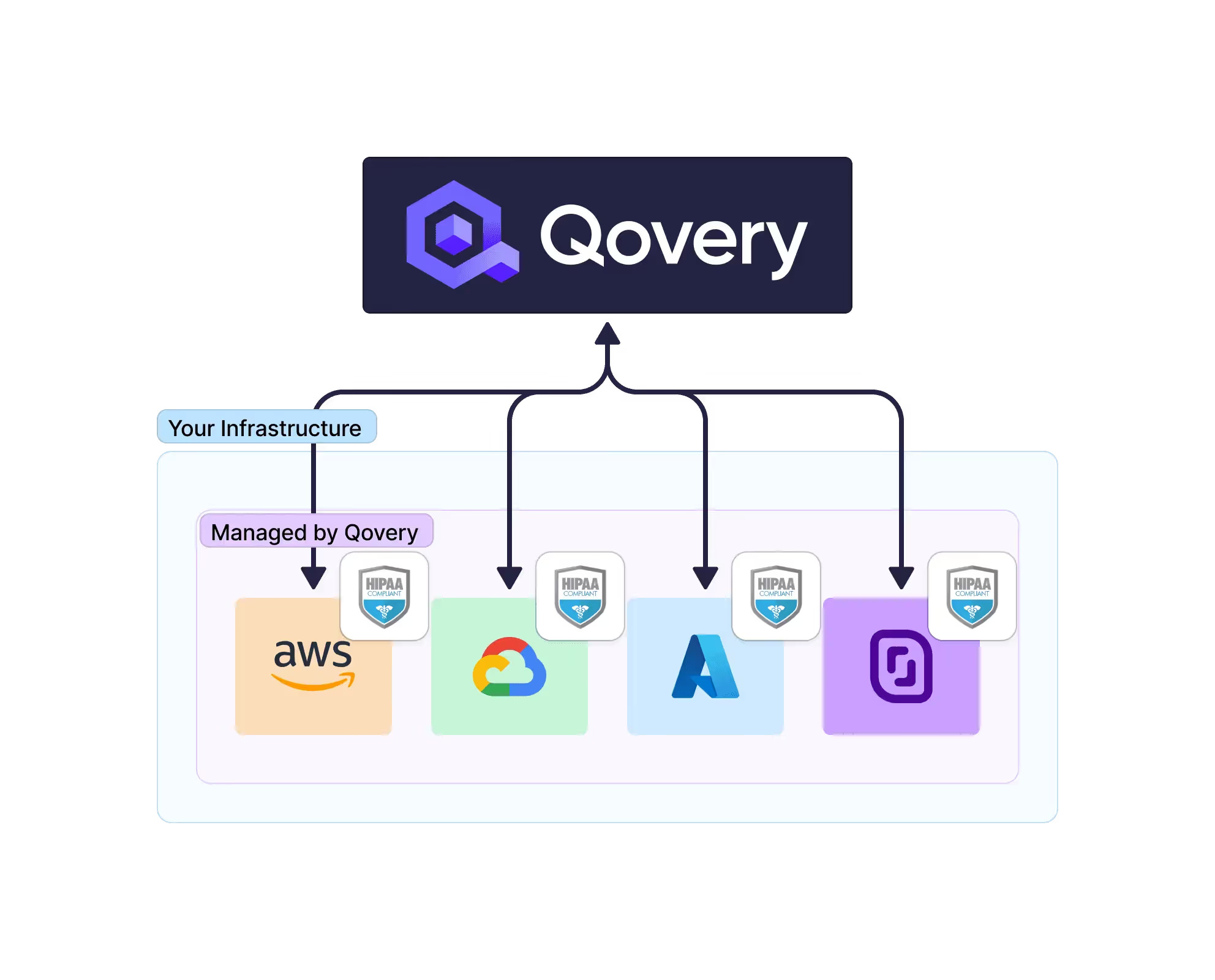
2. Unified Developer Experience
The platform provides a consistent interface regardless of underlying cloud services. Developers can deploy applications using familiar workflows while Qovery handles infrastructure complexity. This approach combines the simplicity of Beanstalk with the power of EKS.
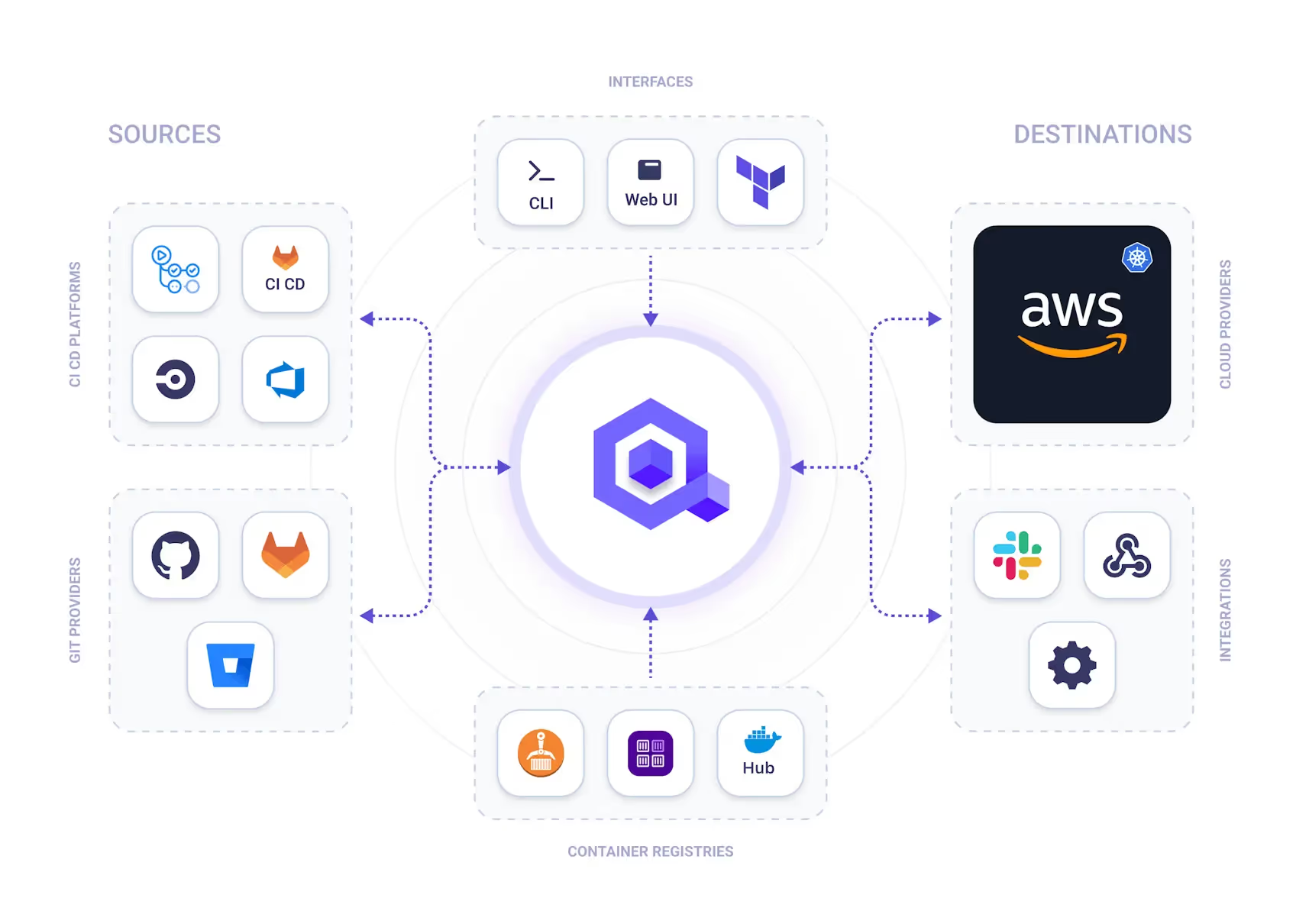
Git-based deployments integrate with existing development workflows. Environment management enables feature branch deployments and testing without infrastructure knowledge. Standardized deployment patterns reduce configuration errors and improve reliability.
3. Best of All Worlds
Qovery enables teams to leverage Kubernetes capabilities without operational burden. The platform provides the portability and ecosystem access of EKS, the simplicity of Beanstalk, and the AWS integration of ECS. Teams gain container orchestration without the traditional complexity trade-offs.
Cost optimization happens automatically through intelligent resource allocation and autoscaling. Security best practices are implemented by default, reducing the risk of misconfigurations. The platform evolves with Kubernetes ecosystem improvements without requiring team expertise updates.
Making the Right Choice: The Future of Container Orchestration
The choice between AWS ECS, EKS, and Elastic Beanstalk depends on team needs, expertise, and application requirements. Beanstalk suits teams prioritizing simplicity, ECS fits organizations wanting managed container orchestration, and EKS serves teams requiring maximum flexibility and control.
However, these choices often force trade-offs between simplicity and capability. Platforms like Qovery eliminate these trade-offs by providing the benefits of container orchestration while abstracting operational complexity. Teams can focus on building applications rather than managing infrastructure.
The goal is not to choose the "right" AWS service but to find the approach that enables productive application development while meeting operational requirements. Modern platforms make this possible by providing capabilities through simple interfaces.
Ready to simplify your cloud deployments? Get started with Qovery and focus on building great products without worrying about infrastructure.

Suggested articles
.webp)



.svg)
.svg)
.svg)
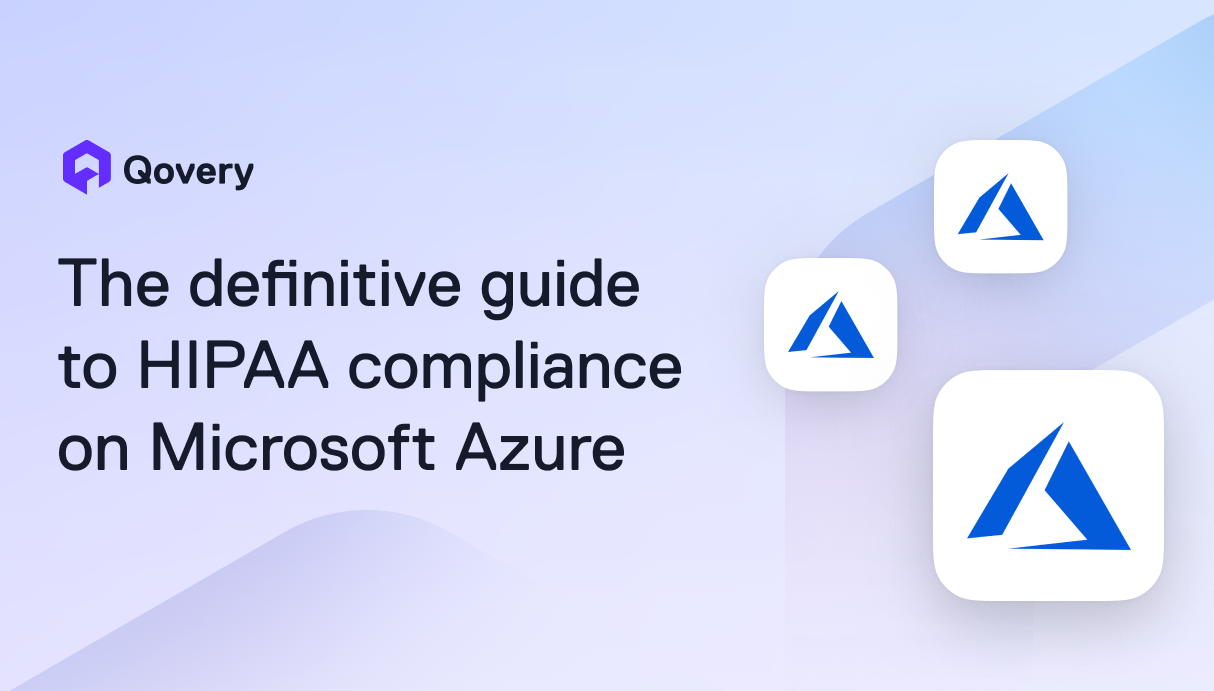

.png)
